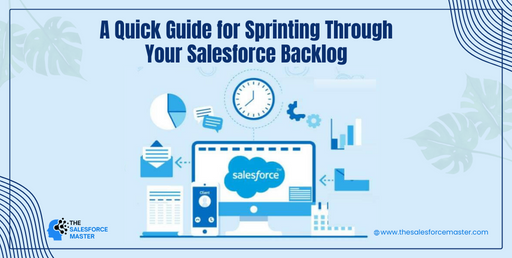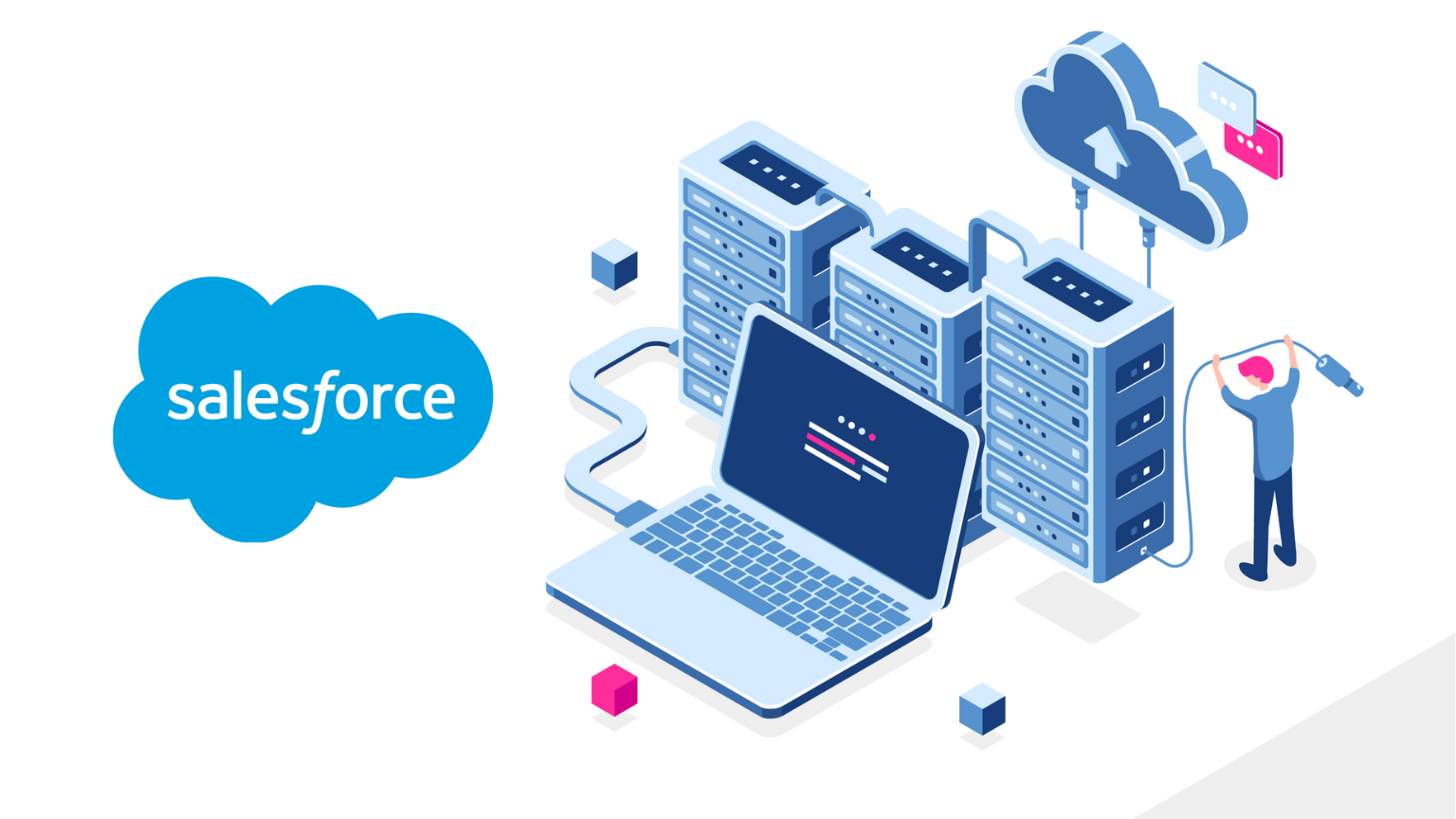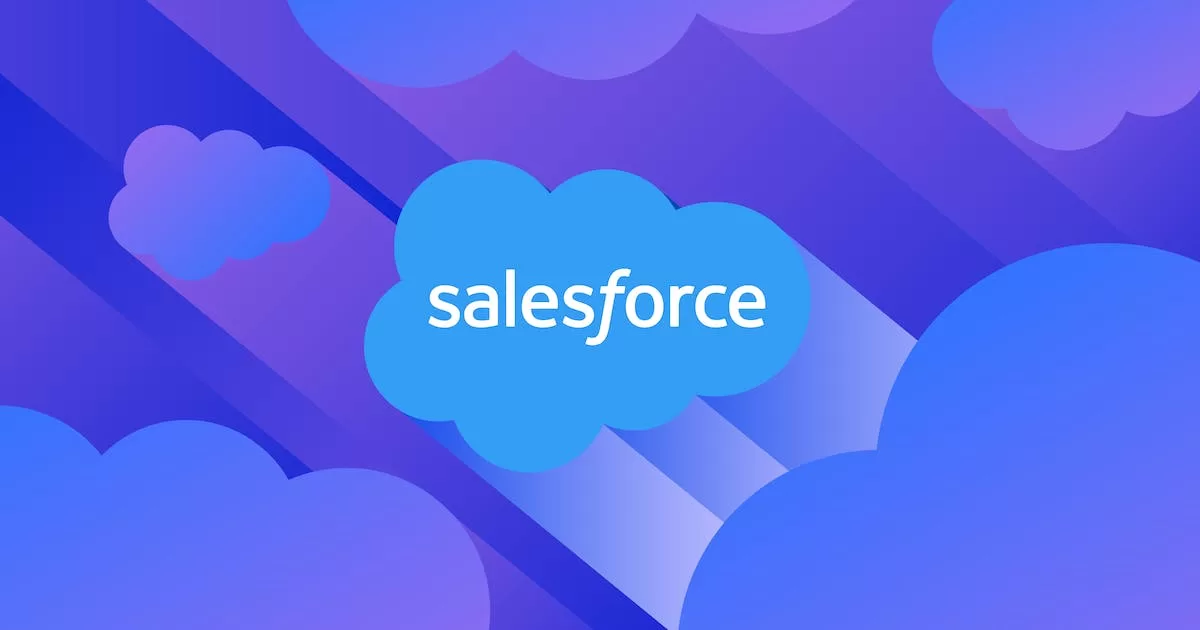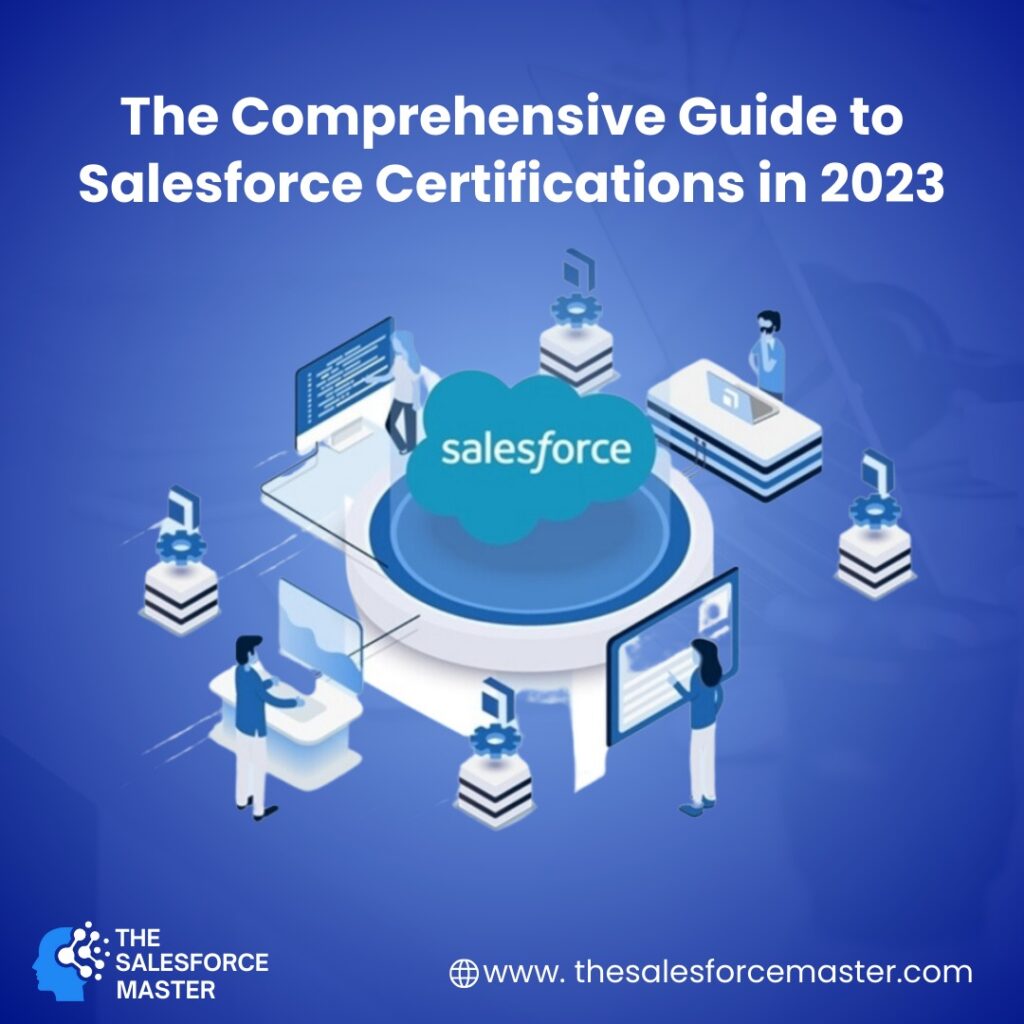
To effectively manage your Salesforce backlog, careful planning, prioritization, and execution are necessary. Here’s a concise guide:
1. Assess Your Backlog: Thoroughly review the tasks, bugs, enhancements, and features in your backlog. Categorize them based on urgency, complexity, and impact on business objectives.
2. Prioritize Tasks: Utilize prioritization techniques like MoSCoW (Must have, Should have, Could have, Won’t have) to classify tasks. Focus on critical tasks with high business value and urgent deadlines. – Balance short-term fixes with long-term improvements to ensure stability and growth.
3. Establish Sprint Objectives: Within each sprint, determine clear and practicable aims. Base these aims on the prioritized backlog elements, outlining what you desire to achieve before the sprint concludes. Verify that these objectives sync with your Salesforce implementation’s general objectives.  4. Subdivide Tasks: Break down the backlog’s elements into smaller, manageable chunks called “tasks” or “user stories.” This facilitates better estimation, planning, and monitoring of development during the sprint. Clearly define each job and include explicit acceptance criteria.
4. Subdivide Tasks: Break down the backlog’s elements into smaller, manageable chunks called “tasks” or “user stories.” This facilitates better estimation, planning, and monitoring of development during the sprint. Clearly define each job and include explicit acceptance criteria.
5. Estimate Task Effort: Gauge the complexity and size of tasks or user stories using techniques like story points or time estimates. This facilitates appropriate resource allocation and realistic expectations.
6. Sprint Planning: Plan sprint activities, including daily stand-up meetings, sprint reviews, and sprint retrospectives. Assign tasks, allocate resources, and ensure clear roles and responsibilities for team members.  7. Prioritize Continuous Delivery: Break down backlog items into smaller, incremental deliverables. This enables regular stakeholder progress updates, promotes feedback, and facilitates iterative improvements.
7. Prioritize Continuous Delivery: Break down backlog items into smaller, incremental deliverables. This enables regular stakeholder progress updates, promotes feedback, and facilitates iterative improvements.
8. Promote Collaboration: Foster teamwork among team members, stakeholders, and product owners. Encourage open communication, active participation, and transparency throughout the sprint. Utilize Salesforce collaboration tools like Chatter for discussions and updates.
9. Monitor Progress: Track the progress of sprint activities using Salesforce dashboards, reports, or project management tools. Keep an eye on task completion, identify obstacles or impediments, and take corrective actions when needed to keep the sprint on track. 3.
10. Review and Reflect: Conduct a thorough review of sprint results at the sprint review meeting. Evaluate achievements against sprint goals, collect stakeholder feedback, and discuss lessons learned.
Conclusion
By utilizing this structured approach, you can efficiently tackle and overcome the Salesforce backlog. This will enable you to make tangible strides towards achieving your organization’s objectives and goals.
For more details about salesforce, visit us on www.thesalesforcemaster.com

